Tankless water heaters are a popular choice for homeowners looking to save space and energy. When considering the dimensions of a tankless water heater, it's important to understand the sizing guidelines, installation space requirements, and the capacity and flow rate of the unit. This article will explore these key aspects and provide valuable insights for choosing the right tankless water heater for your home.
Key Takeaways
- Consider the flow rate and temperature rise when sizing a tankless water heater.
- Measure the installation space carefully to ensure proper fit and clearance.
- Check the dimensional specifications of the unit to ensure compatibility with your space.
- Compare different models based on their capacity and flow rate to find the best match for your needs.
- Avoid common mistakes such as underestimating the installation space or overlooking ventilation requirements.
Choosing the Right Size

Factors to Consider
When sizing up for a tankless water heater, the number of devices you expect to run simultaneously is crucial. But that's just the tip of the iceberg. Here's a quick rundown of what else to keep in mind:
- Demand: How many showers, sinks, or appliances need hot water?
- Temperature rise: Calculate the difference between the incoming cold water and your desired hot water temperature.
- Usage patterns: Consider the peak hours in your household. Morning rush or evening relaxation baths?
Remember, underestimating your hot water needs can lead to a chilly surprise mid-shower. It's not just about comfort; it's about ensuring your system can handle your lifestyle.
Also, think about the future. Are you planning a family or a new bathroom? Your water heater should be able to grow with your needs. Don't get caught in cold water!
Sizing Guidelines
Getting the size right for your tankless water heater is crucial for ensuring efficient operation and adequate hot water supply. The key is to estimate your peak water demand and choose a unit that can handle that load. Here's a quick guide to help you out:
- Calculate the flow rate for each appliance or fixture that uses hot water in your home.
- Add up the flow rates to determine your total peak demand.
- Consider the temperature rise needed based on your incoming water temperature and desired output temperature.
Here's an example of how to calculate your total peak demand:
| Fixture | Flow Rate (GPM) |
|---|---|
| Shower | 2.5 |
| Kitchen Sink | 1.5 |
| Dishwasher | 1.5 |
| Total Demand | 5.5 |
Remember, it's better to err on the side of a slightly larger unit than to end up with a water heater that can't keep up during those high-demand times.
Keep in mind that simultaneous usage will increase peak demand, so consider your household's habits when calculating your total peak demand.
Common Mistakes to Avoid
When it comes to tankless water heaters, a little knowledge can prevent big headaches down the road. Avoid assuming that 'one-size-fits-all'; what works for your neighbor may not be the best fit for your home. Here are some common pitfalls to steer clear of:
- Overestimating capacity: Don't guess your hot water needs. An undersized unit will lead to a chilly surprise mid-shower.
- Ignoring energy efficiency: A cheaper model might save you money upfront, but higher operating costs will catch up with you.
- Skimping on installation: This isn't a DIY project for a weekend warrior. Poor installation can lead to inefficiency, or worse, water damage.
Remember, the right choice in size and model will pay off in the long run with reliable hot water and energy savings.
Lastly, don't forget to factor in future changes. If you're planning a family or a home expansion, what's sufficient now might not cut it later. Plan ahead to keep those showers comfortably hot.
Installation Space Requirements

Measuring the Space
Before you get your heart set on a sleek new tankless water heater, you'll need to grab a tape measure and get cozy with the space where it's going to live. Measuring the space accurately is crucial; even a few inches can make the difference between a perfect fit and a return trip to the store.
- Start by measuring the height, width, and depth of the installation area.
- Note any obstructions like pipes, vents, or electrical outlets that could impact the installation.
- Remember to leave room for access to controls and future maintenance.
When it comes to installation, there's no such thing as being too precise. Double-check those measurements and then check 'em again to save yourself a headache later on.
Once you've got your numbers, jot them down and keep them handy. You'll be comparing these to the dimensions of potential water heaters, so accuracy is key. And don't forget to factor in the necessary clearance space for ventilation – your water heater needs to breathe, too!
Clearance and Ventilation
When it comes to tankless water heaters, proper clearance and ventilation are not just about following code; they're about safety and efficiency. Adequate space around the unit ensures proper air flow and access for maintenance. Make sure to check the manufacturer's specifications for the minimum clearance around the heater.
Here's a quick checklist for clearance requirements:
- Top of the heater: 12 inches
- Front: 24 inches (for servicing)
- Sides: 4-6 inches
- Bottom: 12 inches (if mounted on a wall)
Remember, these are general guidelines. Your specific model and local codes may have different requirements. Always prioritize safety and compliance.
Ventilation is equally crucial. Tankless water heaters need a steady supply of fresh air for combustion and must vent exhaust gases safely outside. If you're using a gas-powered unit, this is particularly important to prevent the buildup of harmful gases like carbon monoxide. For indoor installations, consider the venting path and whether you'll need a direct vent or power vent model.
Installation Tips
Once you've measured your space and accounted for clearance and ventilation, it's time to focus on the actual installation. Proper installation is crucial for the efficiency and longevity of your tankless water heater. Here are a few tips to keep in mind:
- Ensure you have all the necessary tools and parts before you start. This includes pipes, fittings, a mounting template, and potentially a new gas line or electrical circuit.
- Follow the manufacturer's instructions to the letter. They know their product best, and deviating from their guidelines can lead to issues down the line.
- Consider the water pressure. If your home has high water pressure, you may need a pressure-reducing valve to prevent damage to the heater.
Remember, if you're not confident in your ability to install the heater safely and correctly, it's always best to hire a professional. A poorly installed water heater can be inefficient, ineffective, and even dangerous.
Finally, keep the future in mind. Make sure you install the heater in a place where it can be easily accessed for maintenance or repairs. This foresight can save you a lot of hassle and expense in the long run.
Understanding Dimensions and Capacity

Dimensional Specifications
When it comes to tankless water heaters, the devil is in the details—or in this case, the dimensions. Knowing the exact size of your unit is crucial, not just for ensuring it fits in its designated space, but also for maintaining serviceability and efficiency.
Here's a quick rundown of typical dimensions you might encounter:
| Model Type | Height (inches) | Width (inches) | Depth (inches) |
|---|---|---|---|
| Small | 10 - 18 | 7 - 14 | 3 - 5 |
| Medium | 18 - 24 | 14 - 20 | 5 - 8 |
| Large | 24 - 30 | 20 - 25 | 8 - 10 |
Remember, these are just ballpark figures. Manufacturers might have slightly different dimensions for their models, so always check the specs for the specific unit you're interested in.
Keep in mind that the physical size of the heater doesn't always correlate with its capacity. A compact design can be deceiving, packing a punch in terms of power and flow rate.
Capacity and Flow Rate
Understanding the capacity and flow rate of a tankless water heater is crucial for ensuring you have a continuous supply of hot water when you need it. The flow rate is measured in gallons per minute (GPM), and it dictates how much hot water the heater can deliver at any given time.
Here's a quick rundown of typical flow rates and what they can handle:
- 1-2 GPM: Good for a single low-flow fixture, like a bathroom sink.
- 2-3 GPM: Can handle one standard fixture or two low-flow fixtures.
- 3-5 GPM: Suitable for a shower or a small apartment.
- 5+ GPM: Needed for simultaneous multiple fixtures, such as running the shower and kitchen sink at the same time.
Remember, the capacity you need depends on your peak water usage. Think about the times when multiple fixtures are in use simultaneously and ensure your tankless water heater can meet the demand.
When comparing models, consider both the maximum flow rate and the temperature rise the unit can achieve. A higher GPM with an adequate temperature rise means more hot water for your home. But don't just go for the highest numbers; a unit too large for your needs can be less efficient and more costly in the long run.
Comparing Models
When you're knee-deep in specs and reviews, comparing models can feel like you're trying to solve a puzzle without the picture on the box. But don't worry, it's all about breaking down the key features and seeing how they stack up against your needs. Think of it as matchmaking for your home.
- CM264,CA318: Compact, energy-efficient, ideal for small households.
- CA422,CA528,CA686: Higher capacity, longer lifespan, perfect for larger families.
Remember, the best model for your neighbor might not be the best for you. Consider your household's unique demands and usage patterns before making a decision.
Here's a quick comparison table to help you weigh your options:
| Model | Dimensions (HxWxD) | Flow Rate (GPM) |
|---|---|---|
| CM264 | 20.3*12.8*5.9 | 2.64 |
| CA318 | 25.4*14.4*4.72 | 3.18 |
| CA422 | 24.21*14.25*6.69 | 4.22 |
| CA528 | 28.35*16.93*9.06 | 5.28 |
| CA686 | 27.3*18.3*10 | 6.86 |
Don't just look at the numbers; consider how the water heater will fit into your life. Size, capacity, and bells and whistles are important, but so is the peace of mind that comes with knowing you've made the right choice for your home.
Conclusion
So there you have it! Tankless water heater dimensions are an important consideration when choosing the right unit for your home. By understanding the dimensions and requirements, you can ensure that the tankless water heater fits perfectly and provides efficient hot water supply. Happy heating!
Frequently Asked Questions
What factors should I consider when choosing the right size tankless water heater?
Factors to consider include the number of fixtures in your home, the temperature rise needed, and the flow rate of the heater.
What are the sizing guidelines for tankless water heaters?
Sizing guidelines depend on the temperature rise required and the flow rate of the fixtures. It's important to choose a unit that can meet your hot water demands.
What are some common mistakes to avoid when choosing a tankless water heater size?
Common mistakes include underestimating hot water needs, overlooking the flow rate of fixtures, and not accounting for simultaneous use of hot water.
How do I measure the installation space for a tankless water heater?
Measure the available space for the unit, ensuring there is sufficient clearance for ventilation and maintenance access.
What are the clearance and ventilation requirements for installing a tankless water heater?
Clearance requirements vary by model, but generally, there should be adequate space around the unit for proper airflow and ventilation.
Do you have any installation tips for tankless water heaters?
Ensure proper mounting, secure all connections, and follow manufacturer guidelines for venting and electrical connections.
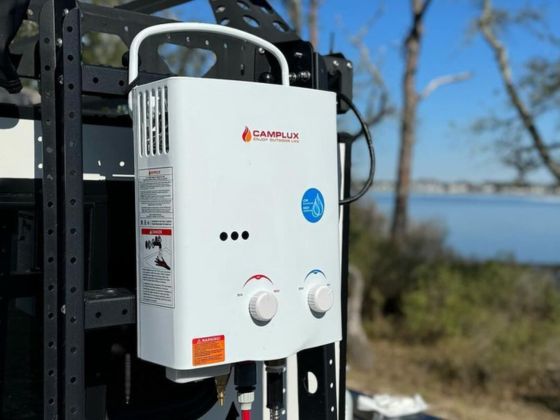
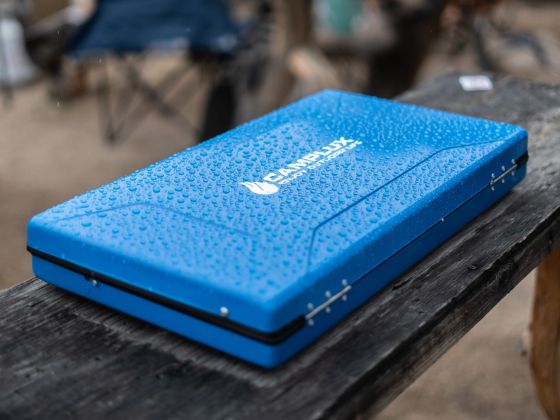
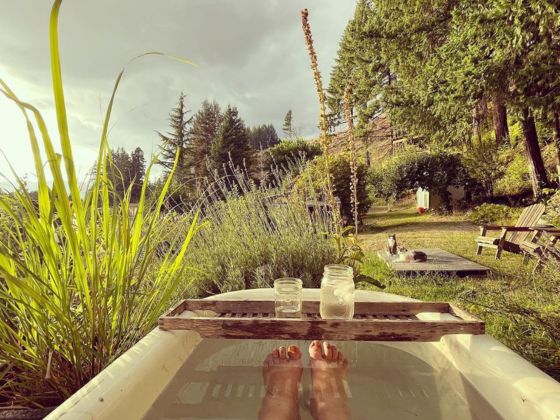
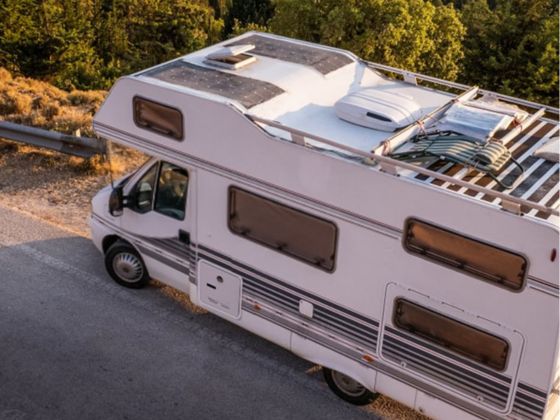
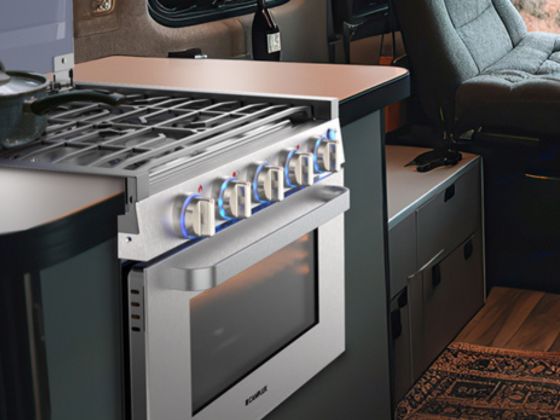
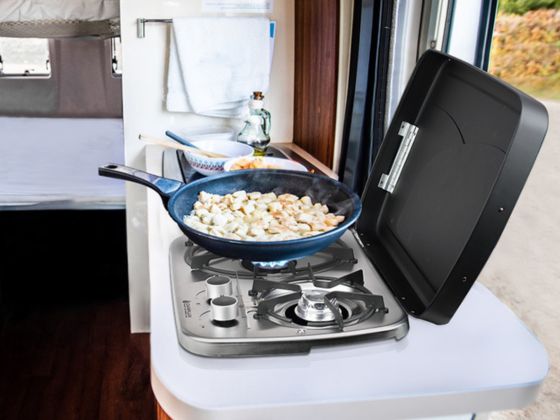
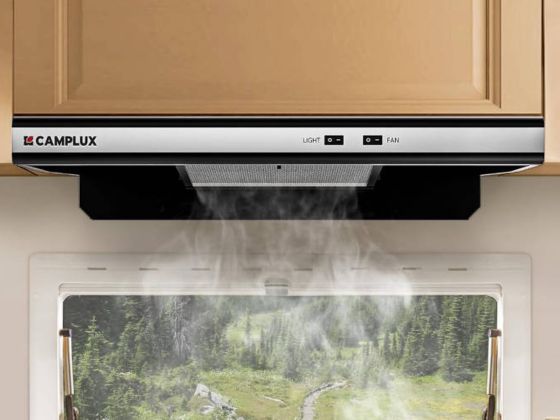
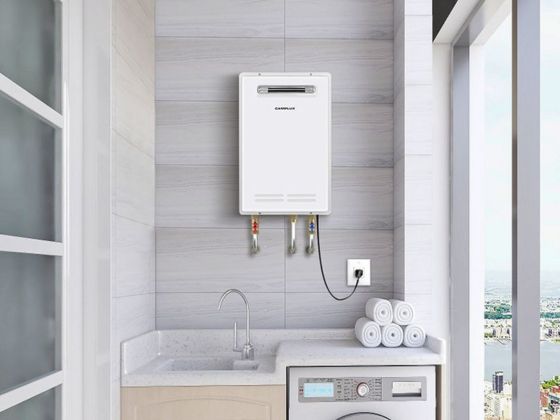
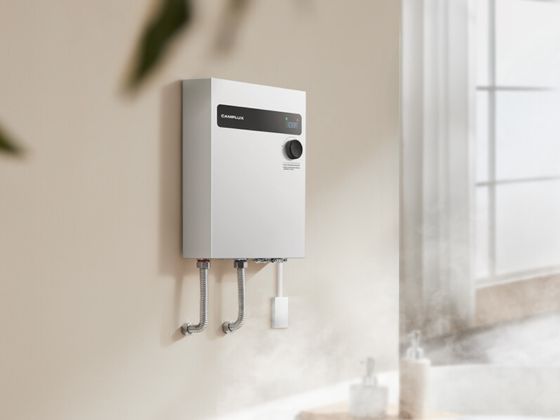

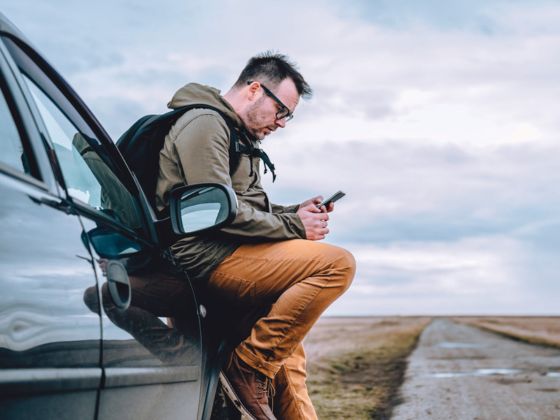

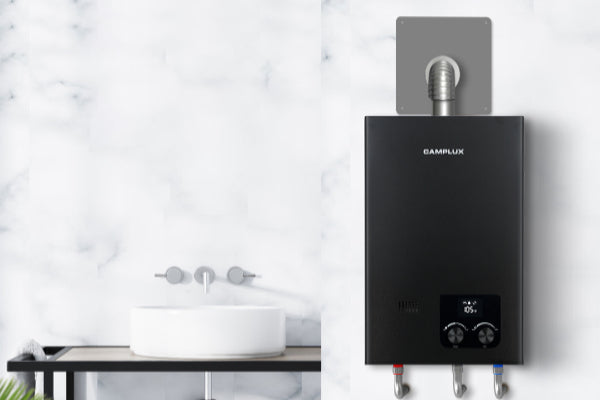


2 commentaires
Hdte
Hfydyfg
Hfydyfg
Tuggg
Yhgg
Yhgg